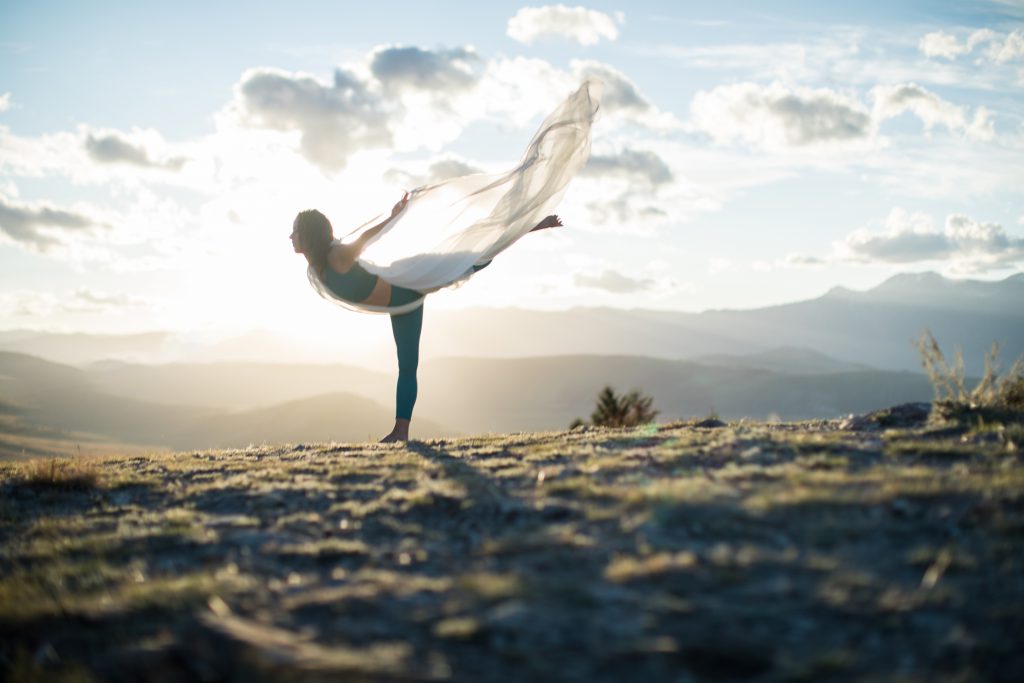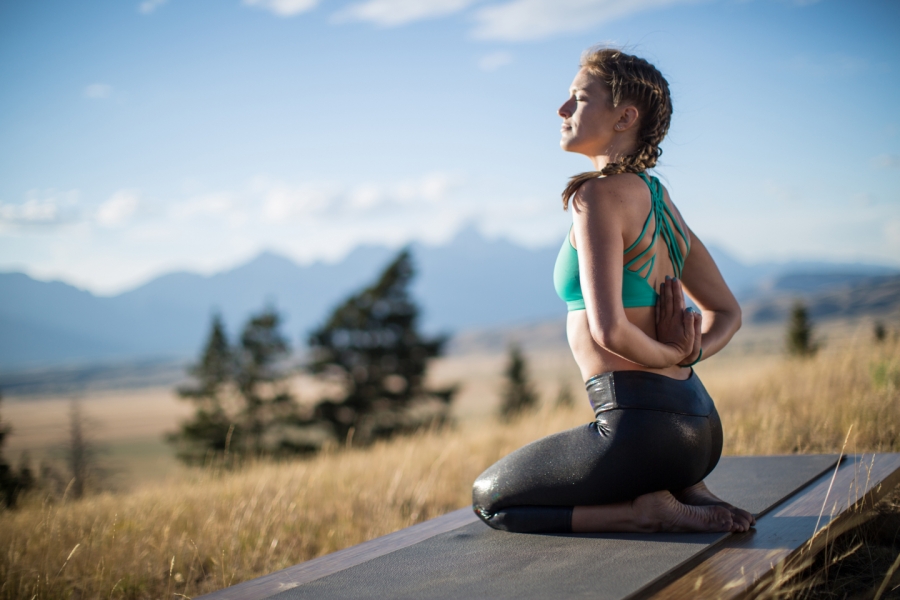The Importance of Setting Yoga Intentions
As a yoga instructor, I give students time and space at the beginning of each class to set an intention, or sankalpa. Rod Stryker, the founder of ParaYoga and author of The Four Desires, explains that to create the life we were born to live, we must enlist the mind and the qualities of the Divine within us. A Sankalpa is a statement that helps us do just that as we become more conscious and tap into our deepest intentions. The translation of Kalpa is vow, or “the rule to be followed above all other rules.” The word, San, refers to a connection with the highest truth. Sankalpa, then, is a commitment we make to support our highest truth. Stryker goes on to say, “by definition, a Sankalpa should honor the deeper meaning of our life. A Sankalpa speaks to the larger arc of our lives, our dharma — our overriding purpose for being here.” In this way, yoga intentions remind us of our true nature and guide our choices. When we take the time to cultivate greater awareness, we can align our intention with our highest potential.
“Practice and all is coming.” – Sri K Pattabhi Jois
Tweet
How to Set Your Yoga Intentions or Sankalpas
After sitting in stillness and connecting with the breath, we pause in the soft and sacred inner space to watch and feel. We draw our palms together at the heart center, Anjali Mudra, and drop the forehead to the fingertips to unite the head and heart. From this place of connection, another pause. It’s in this space that I encourage setting an intention for the physical practice, or Asana. An intention is meant to guide you and give you purpose. It is to keep you grounded and present as you move through the practice, and is an important part of living your yoga. Intentions should be pure, not complicated, and from the heart. An intention can be something you would like to bring into your life, like positive energy such as gratitude or patience. I also suggest that students dedicate their practice to someone who needs positive energy, someone who you love or who needs love. As a student, there should be freedom and comfort when choosing your intention. As a teacher, I always encourage choosing the first purpose that comes to mind. After all, there is a reason it was first.

Yoga Intentions on Your Mat
And so begins the physical practice, moving through the poses and the transitions. The breath speeds up and the mind may drift, but your intention is there to draw you back to your purpose and ground you in the practice. I try my best to remind students to return to their intention throughout class. However, not until the very end of the class after Savasana and during the closing statement, do we actually collectively come back to our intention as we pause in a place of stillness. We seal our practice together by returning to our intentions and then stepping off our mats and into the rest of the world. Just like that, (for most) we let go of the intention, roll up our mat and move on with our day.
Yoga Intentions off Your Mat
The Asanas, our physical practice, is only one of the eight limbs of yoga. There is so much more depth to our practice. Why do we close the practice and let go of our intention when we go back out to face the world? What if we sealed our intention after the physical practice and then continued to manifest that intention for the transition off the mat as we face external challenges?
Along with the students in my class, I encourage you as well, to start setting an intention at the end of your yoga class. Before stepping off your mat, pause in the soft and sacred inner space, and return to your intention. Take the time to recommit to your intention. What can ground you and give you purpose as you step off your mat and interact with others? What can keep you present, feeling grateful and feeling compassionate, as you move through the rest of your day or week? When things speed up, can you still take the time to pause, dissolve the ego and let your intention guide you.
Every moment is an opportunity to practice yoga.
By Megan McInturff

